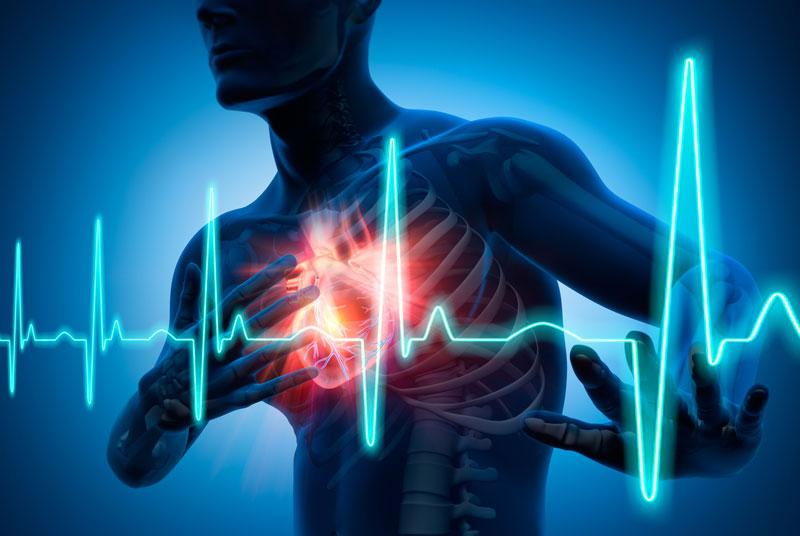
Although drug concentrations of apixaban were lower in patients receiving 2.5 mg twice daily compared with 5 mg twice daily, the effects of dose adjustment to 2.5 mg relative to warfarin were consistent for coagulation biomarkers and clinical outcomes, results of the ARISTOTLE* trial have shown.
This finding reassures the efficacy and safety of a lower apixaban dose.
A total of 18,703 patients treated with the correct dose of apixaban were included in the analysis. The authors compared the effect of apixaban 2.5 mg twice daily relative to warfarin on population pharmacokinetics, D-dimer, prothrombin fragment 1 + 2 (PF1+2) and clinical outcomes with the standard dose (5 mg twice daily).
Apixaban exposure was lower among patients receiving apixaban 2.5 mg twice daily (median area under the concentration time curve at a steady state, 2,720 vs 3,599 ng/ml; p<0.0001) than among those receiving the standard dose.
Reductions in D-dimers (pinteraction=0.20) and PF1+2 (pinteraction=0.55) in patients with ≥2 dose-adjustment criteria were consistent with those seen in the standard-dose population. However, patients with ≥2 dose-adjustment criteria (n=751) had a higher risk of stroke or systemic embolism, major bleeding, and all-cause death than those receiving the standard dose (0 or 1 dose-adjustment criterion; n=17,322).
The effect of apixaban 2.5 mg twice daily relative to warfarin in the ≥2 dose-adjustment criteria population was consistent with that of the standard dose in reducing stroke or systemic embolism (pinteraction=0.26), major bleeding (pinteraction=0.25) and death (pinteraction=0.72).
The ARISTOTLE trial randomized patients with atrial fibrillation and ≥2 dose-adjustment criteria (age, ≥80 years; weight, ≤60 kg; creatinine ≥1.5 mg/dl) to receive apixaban 2.5 mg twice daily or warfarin.
*Apixaban for Reduction in Stroke and Other Thromboembolic Events in Atrial Fibrillation